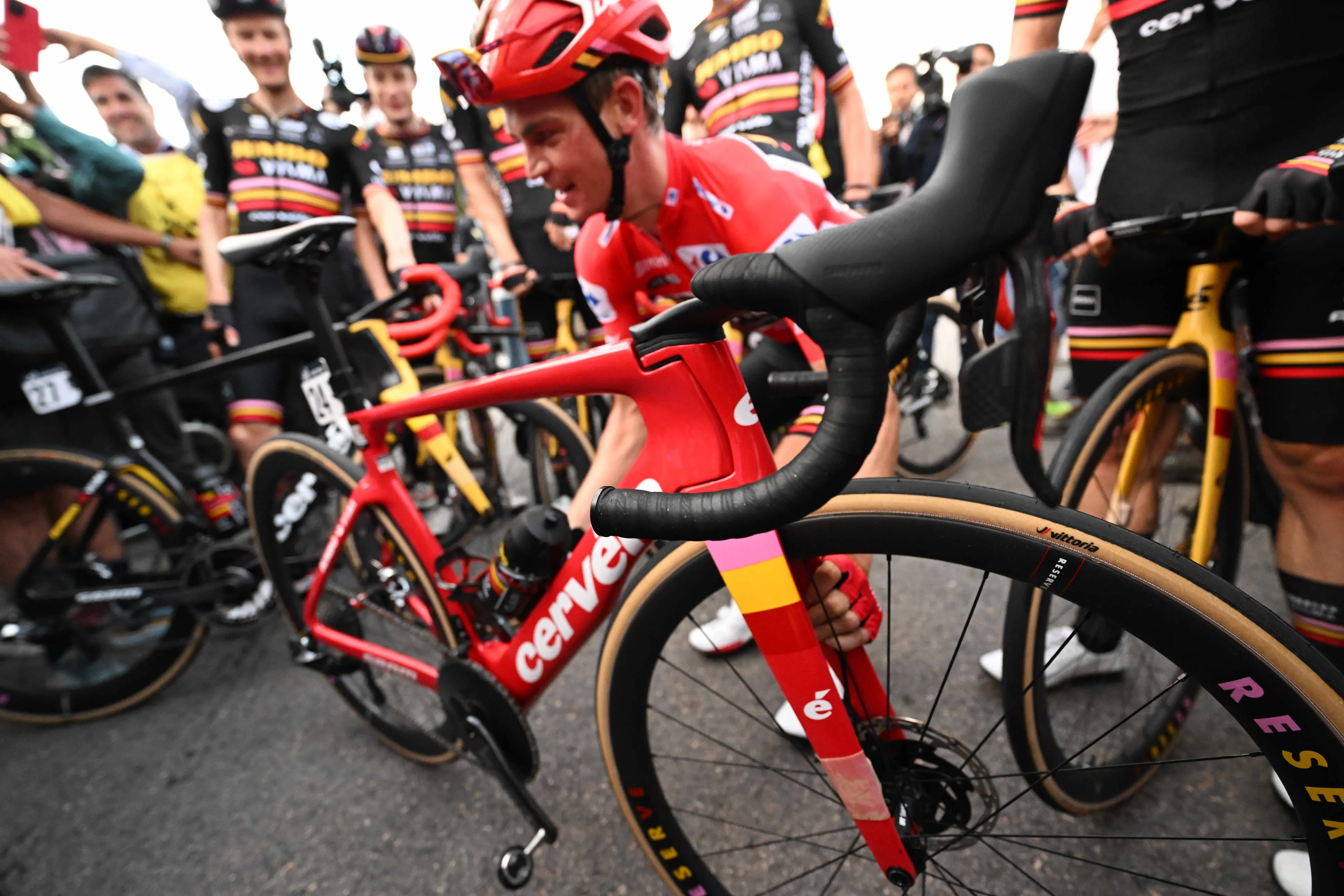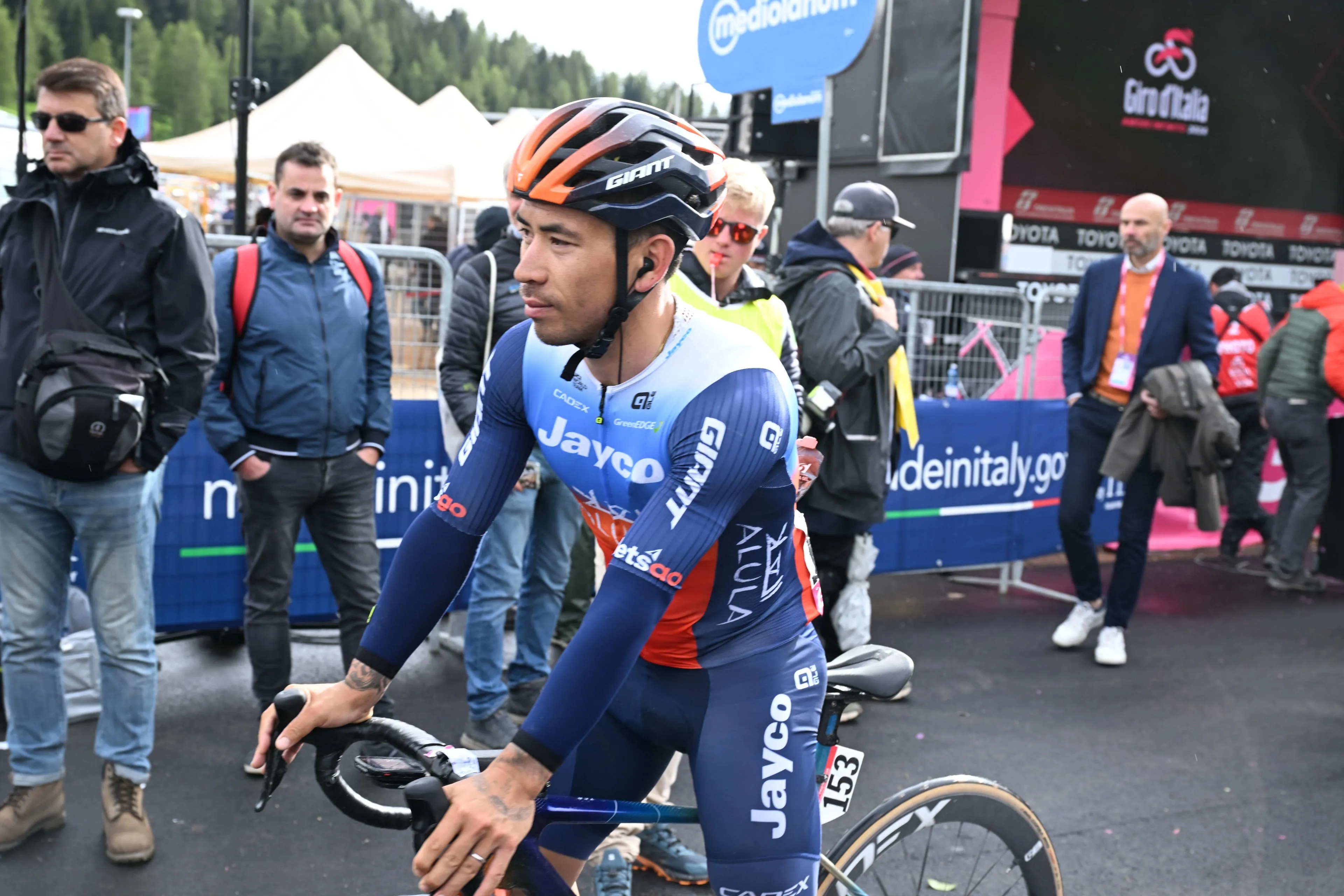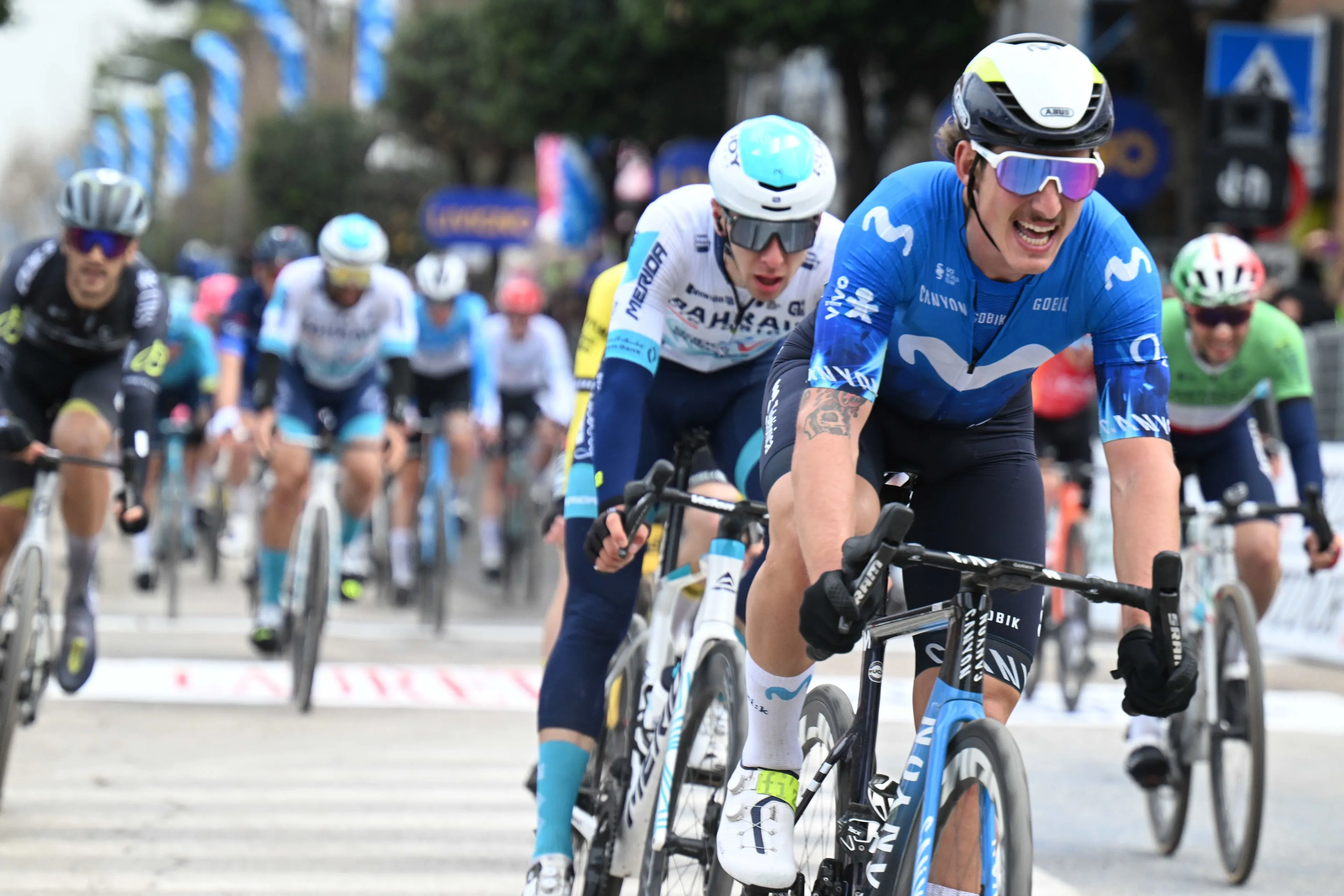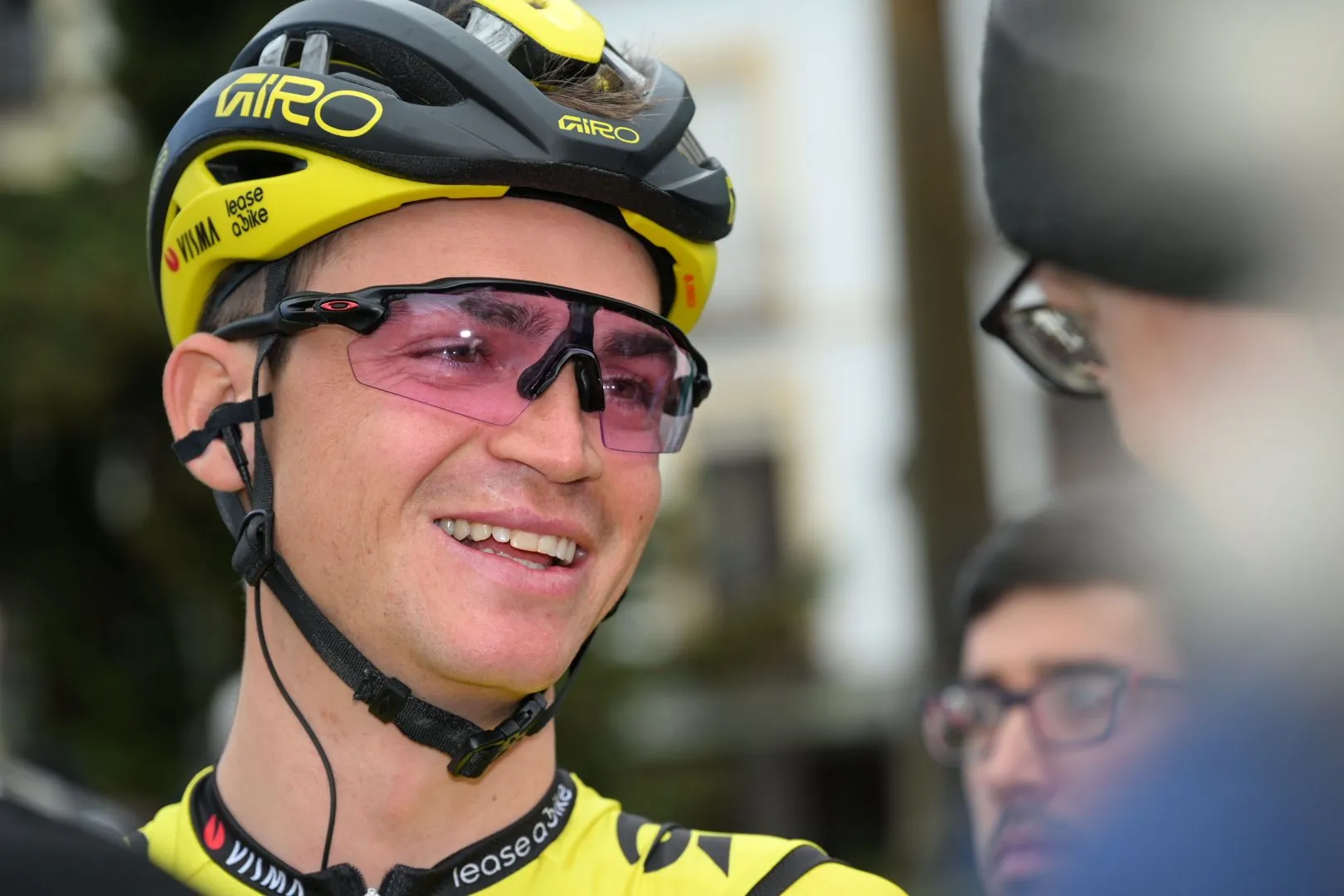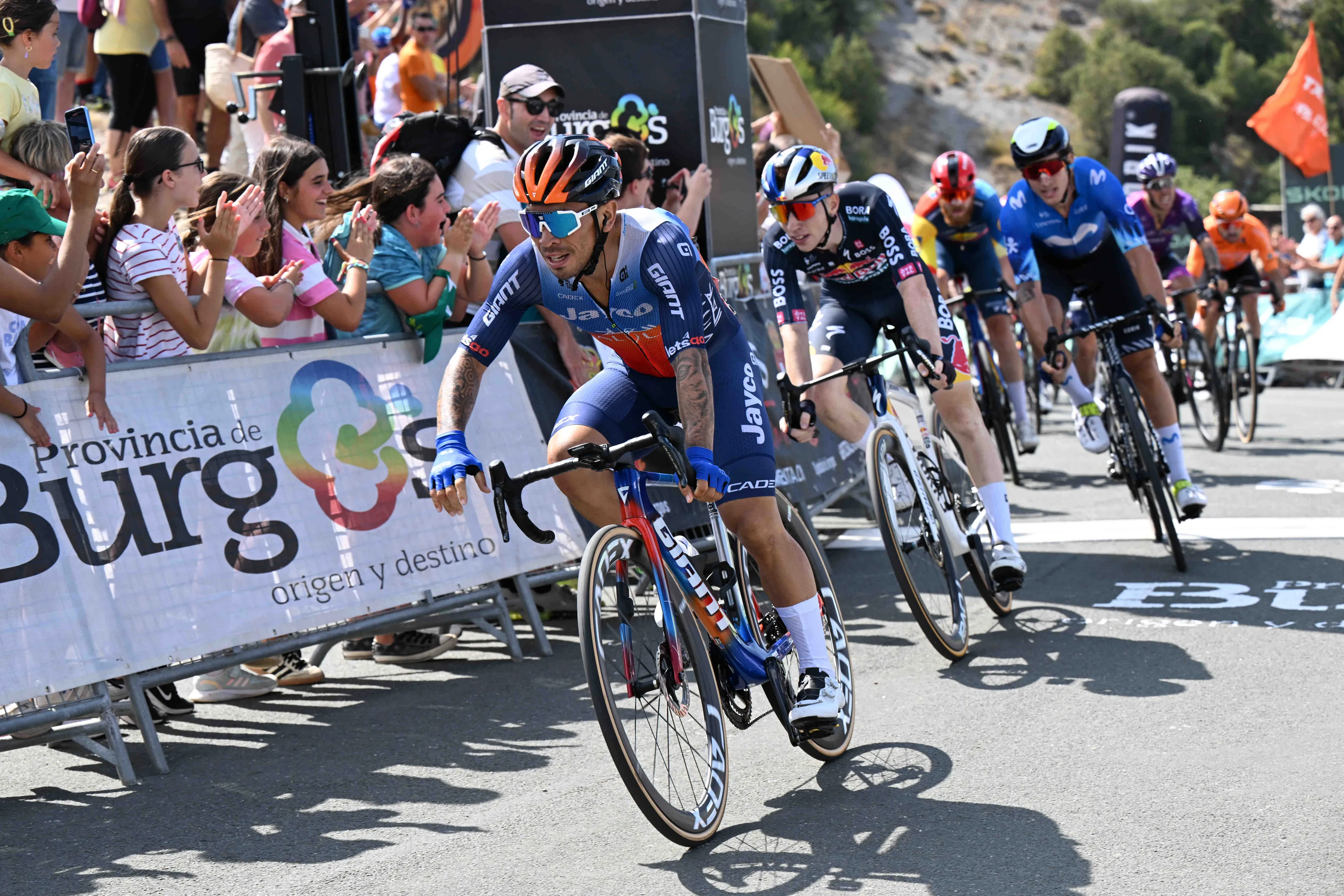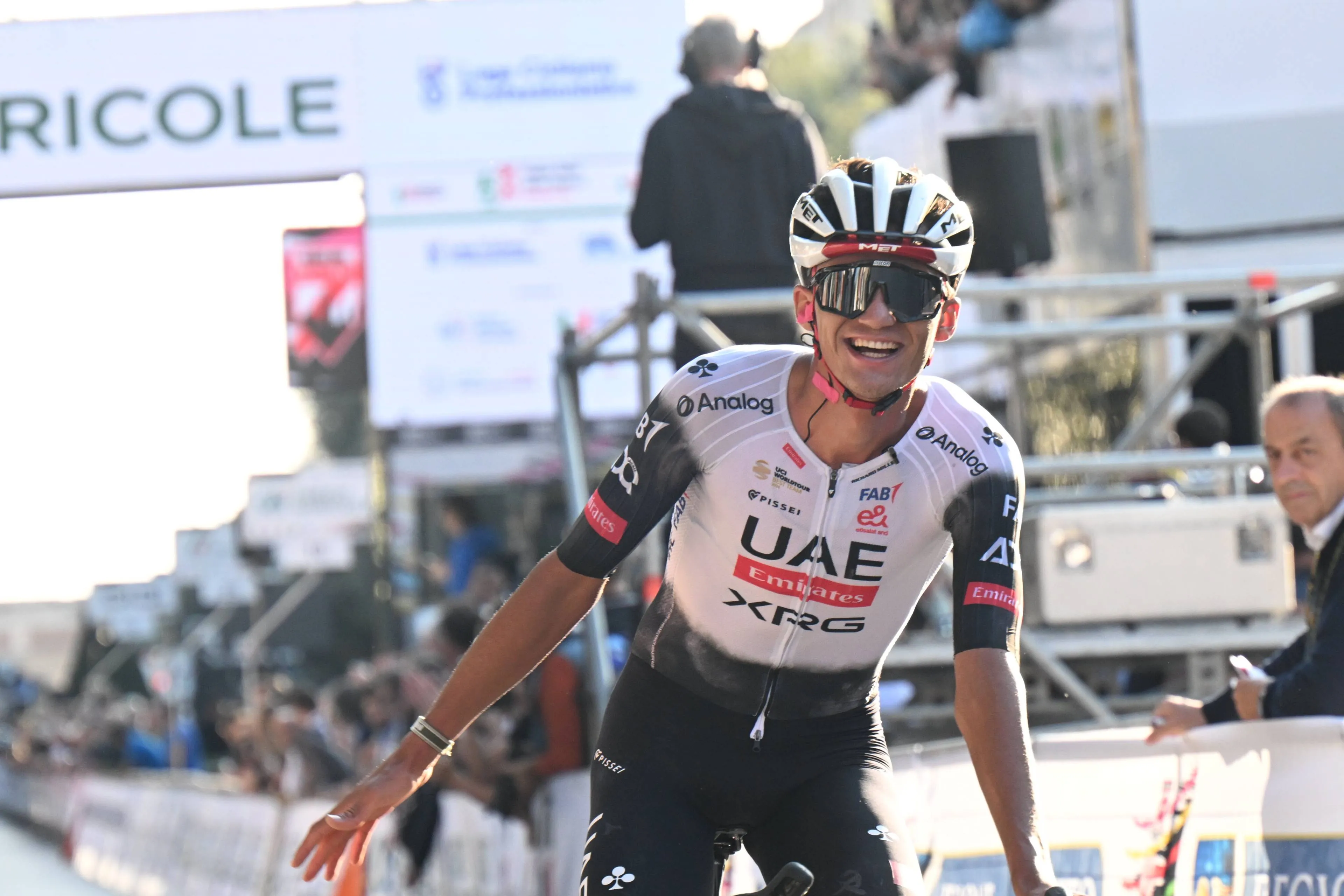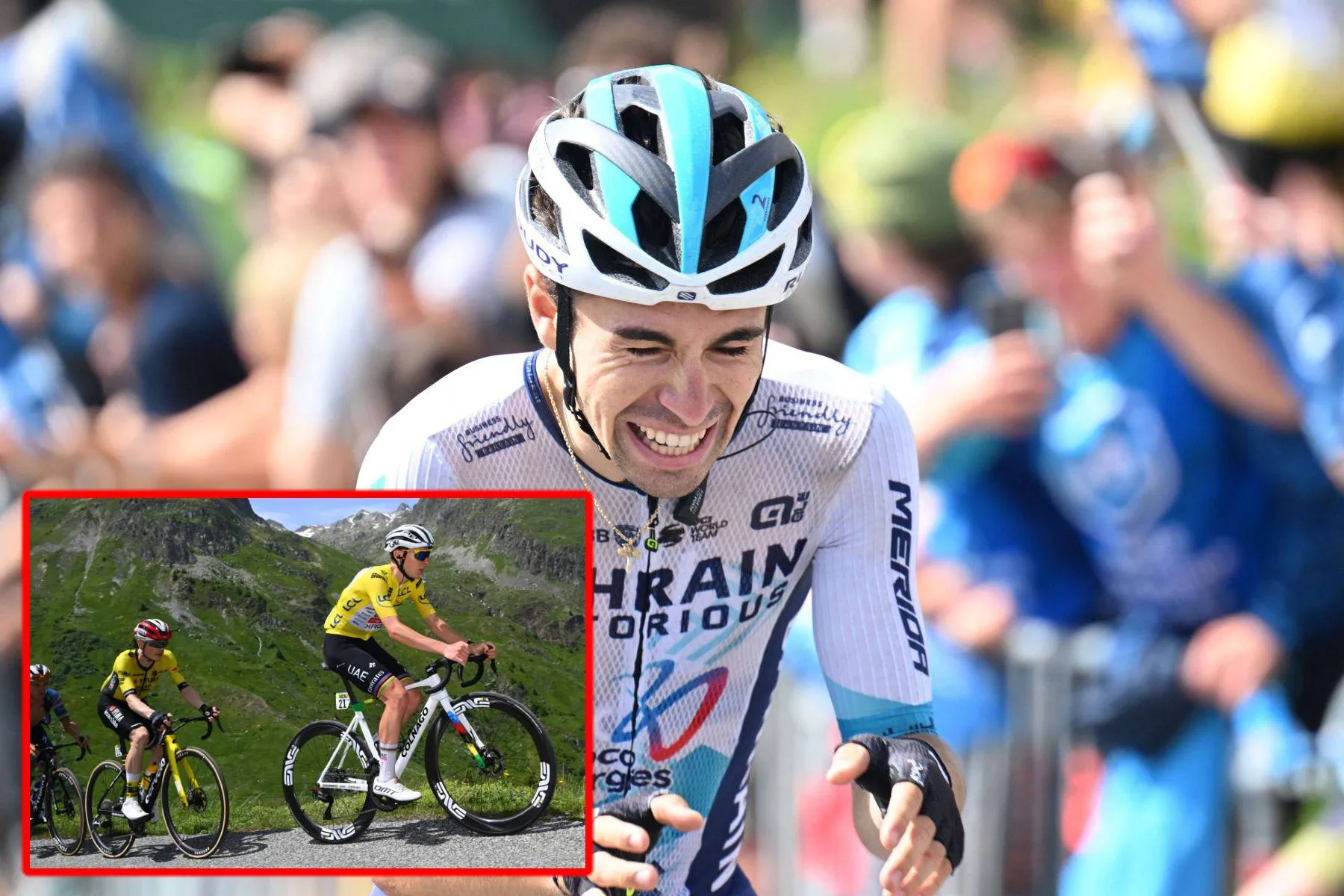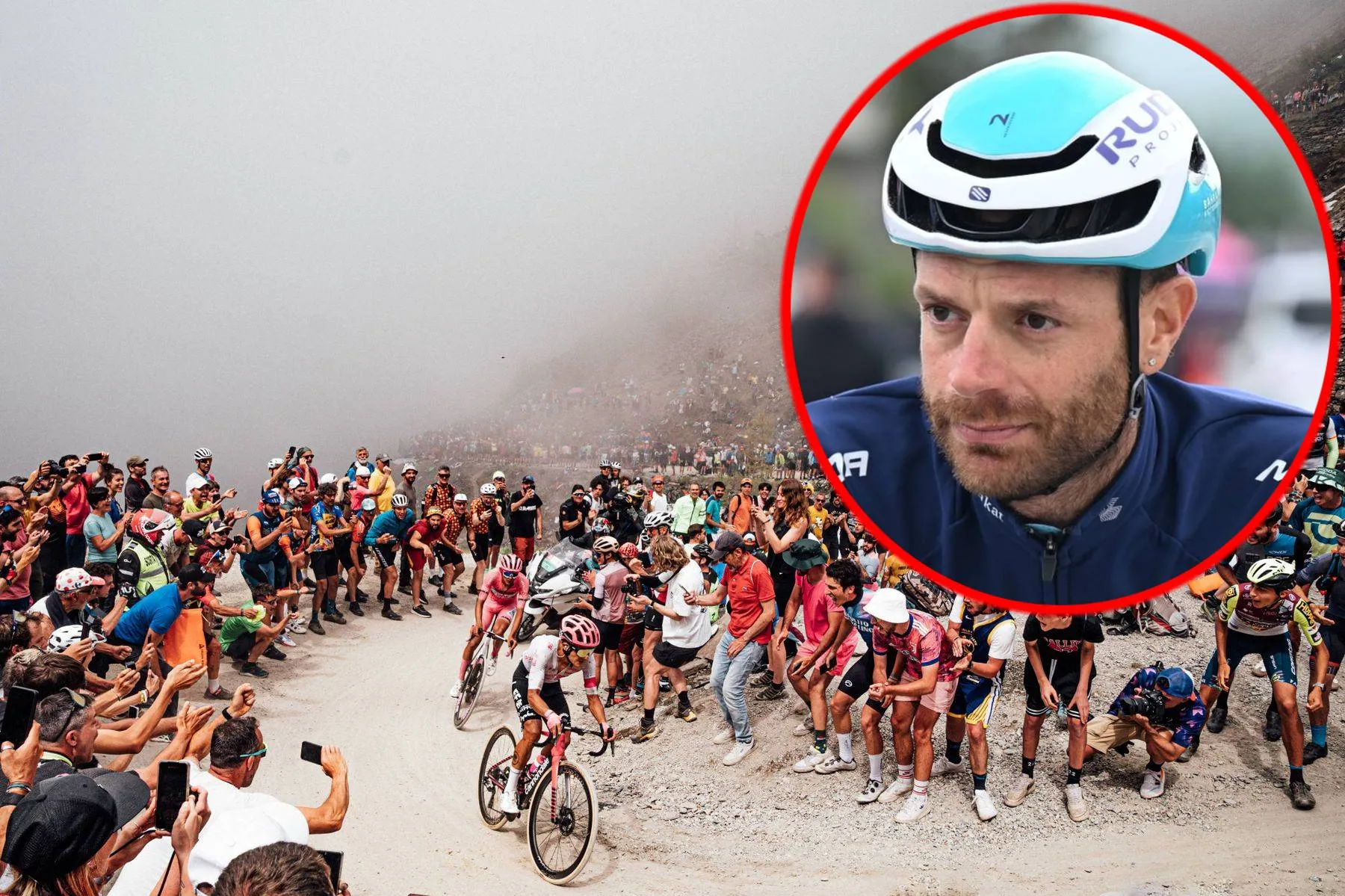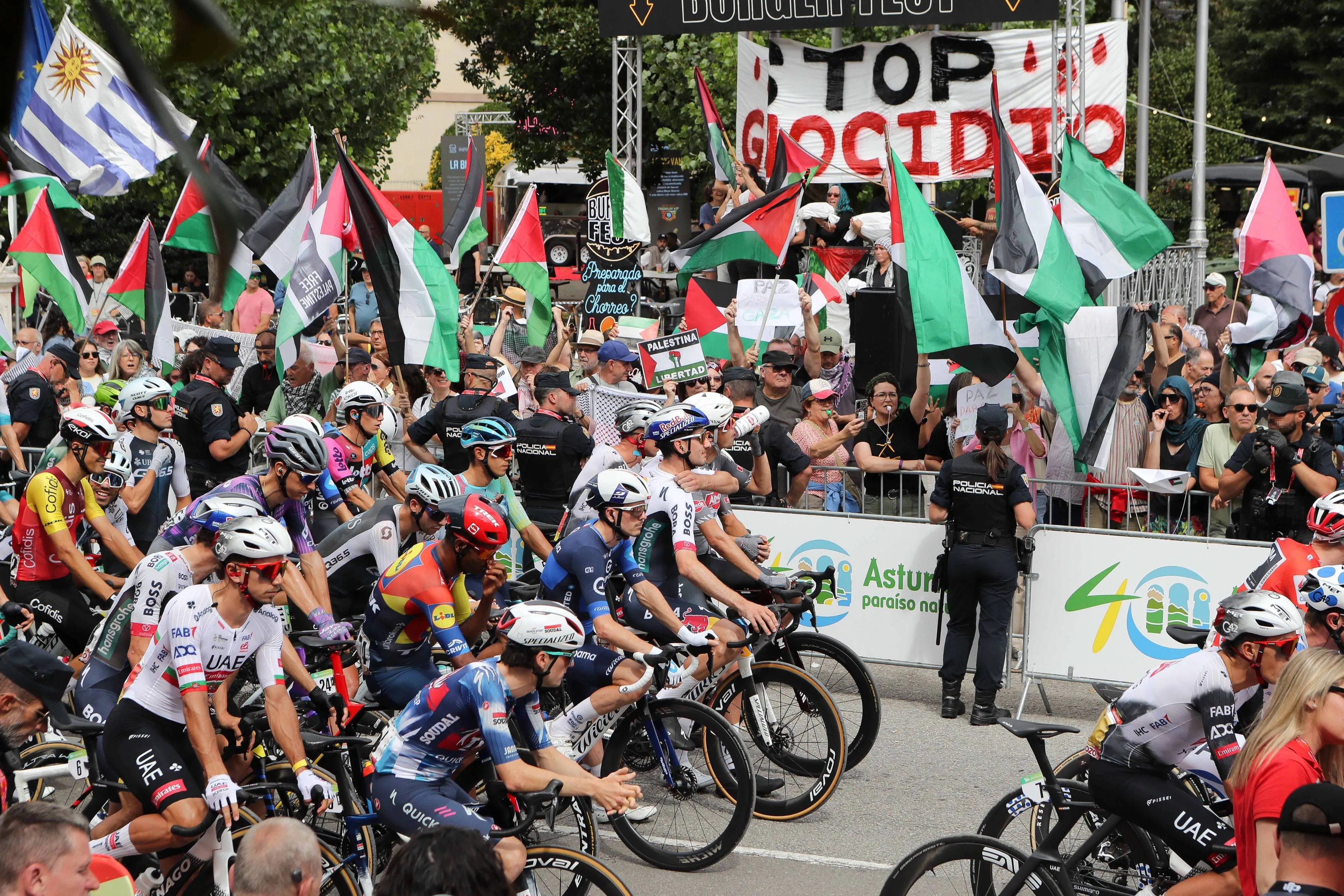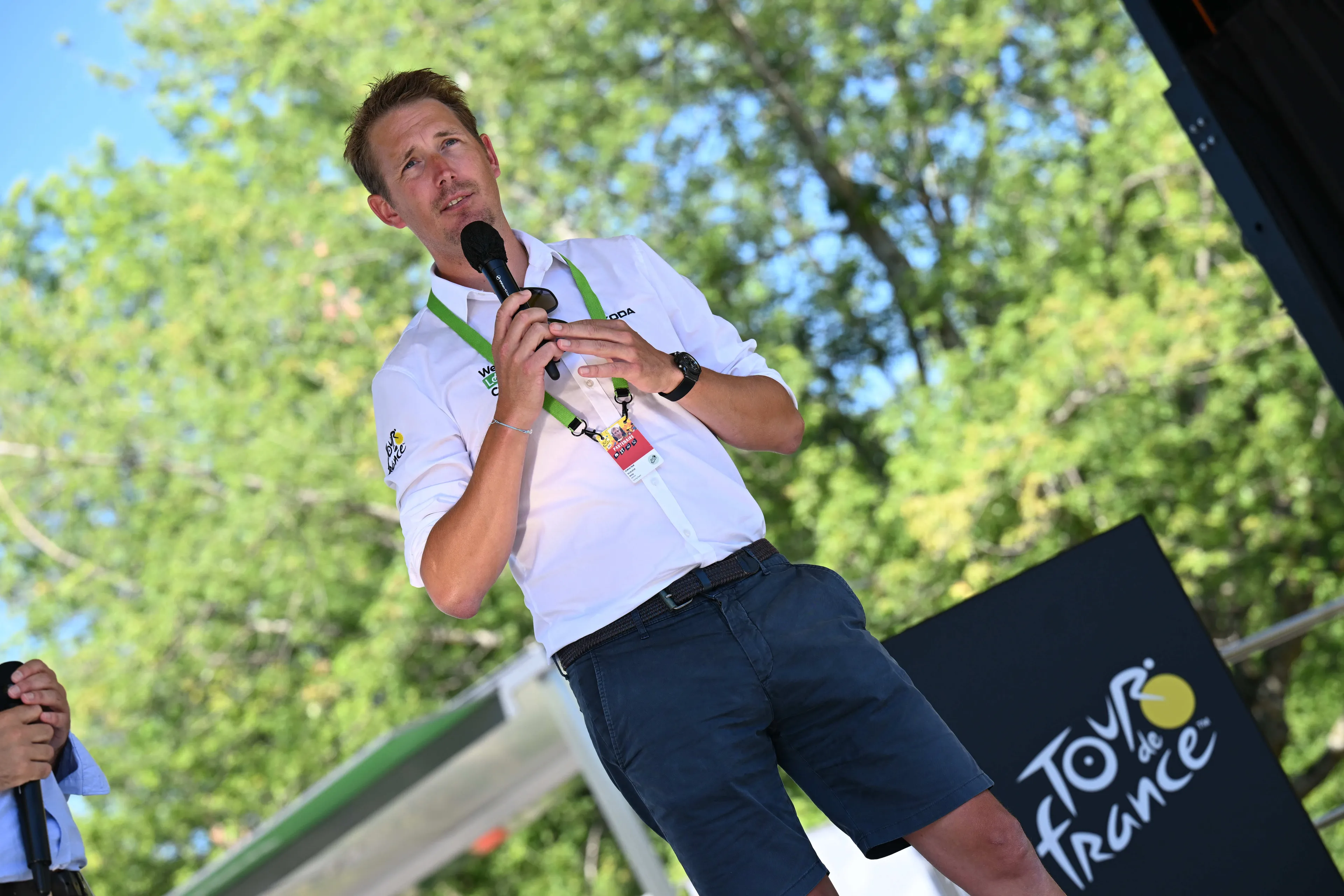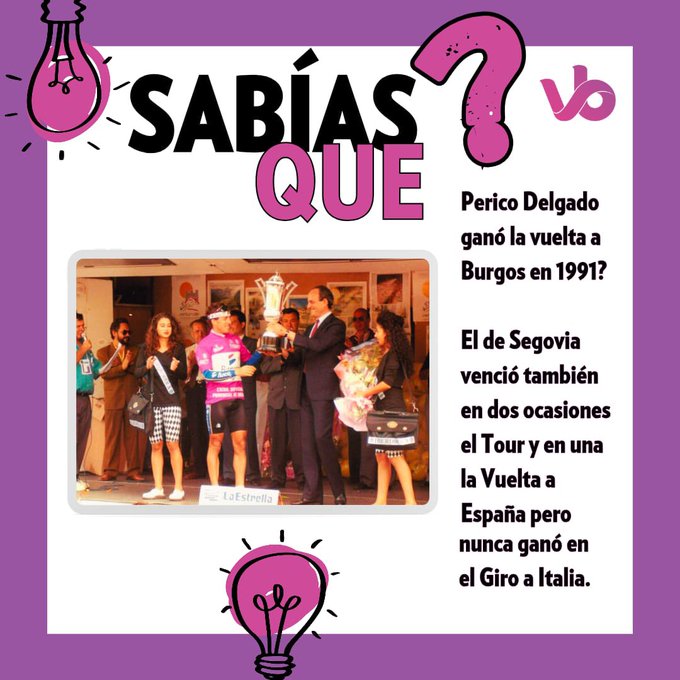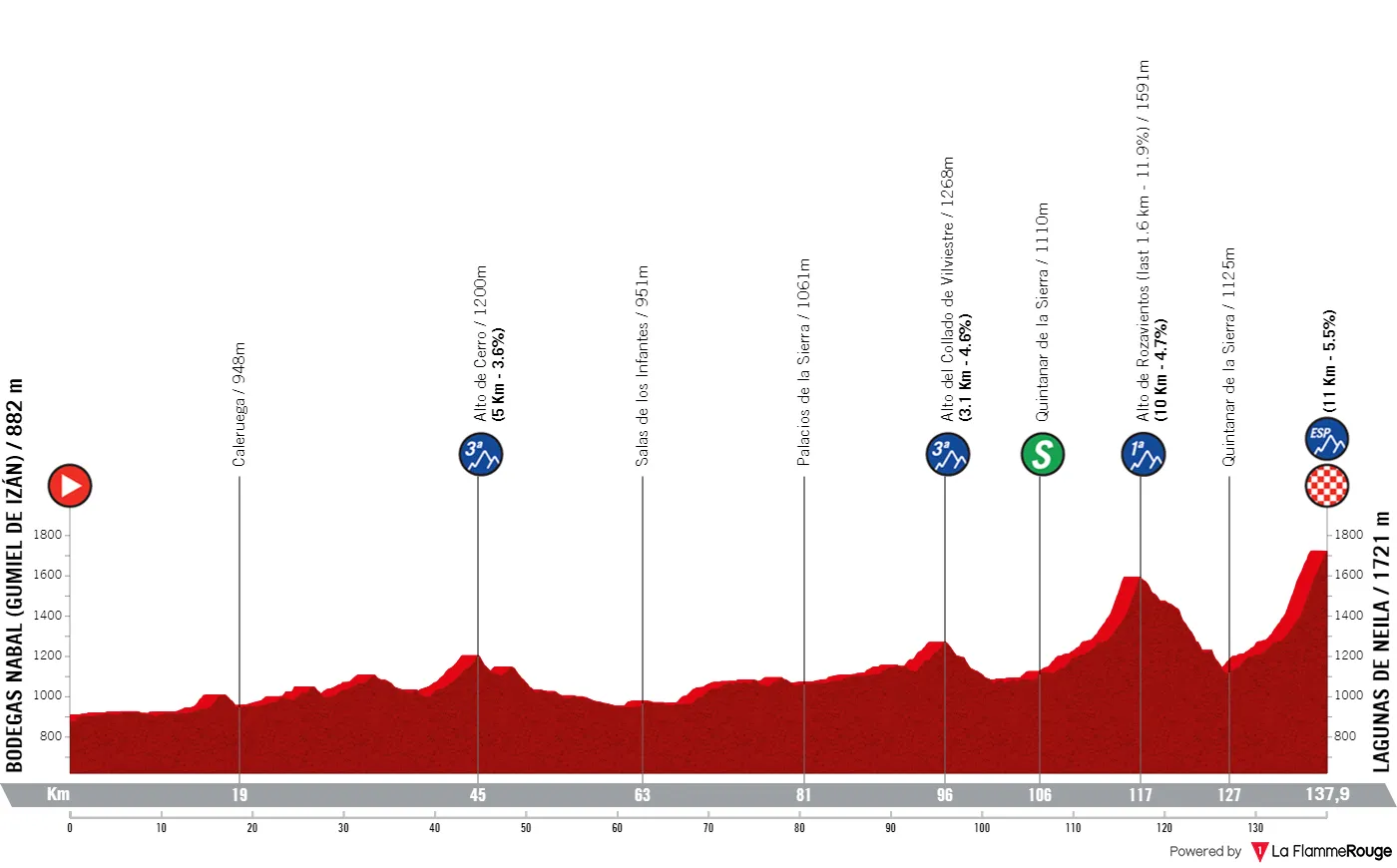
From the 5th to the 9th of August the peloton will tackle the Vuelta a Burgos. The Spanish race is the single most important race in preparation for the Vuelta a Espana and features opportunities for the climbers, time-trialists and sprinters alike. We take a look at the profiles.
Read also
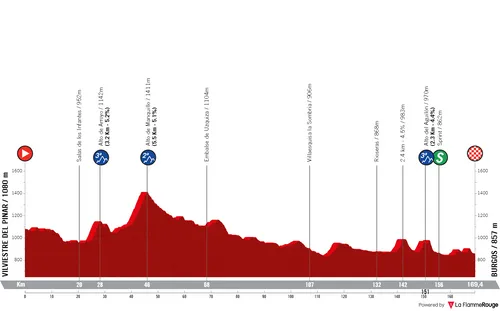
Stage 1: Vilviestre del Pinar - Burgos, 169.3 kilometers
The race starts off with an explosive stage finishing in Burgos, as usual. But this time around it is not a race up to the castle but instead with an urban sprint finish. However there is no certainty that this will be one for the sprinters, there are a few hilltops in the final kilometers which may serve as launchpads for late attacks to succeed.
Read also
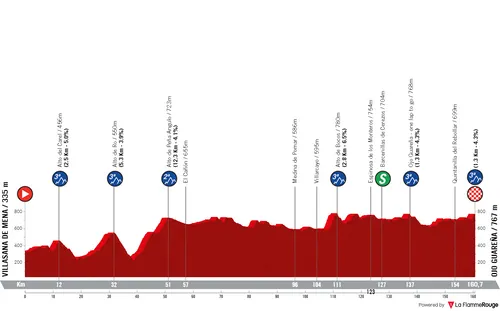
Stage 2: Vilasana de Mena - Ojo Guareña, 160.7 kilometers
Stage 2 of the race is indeed a profile that looks exactly like a traditional Burgos stage. On paper this is a day to be contested by the sprinters who can climb, who will be here preparing for the Vuelta. It is a day with six categorized climbs, none too hard, and with a small hilltop finish in Ojo Guareña that should be very interesting and have everyone on the limit.
Read also

Stage 3: Bodegas Nabal - Lagunas de Neila, 137.8 kilometers
The queen stage? Usually the race is decided purely in the mountains, but with a time-trial this year it may not be the case. Hence, this day, the sole mountain stage may become even more important for the pure climbers. The riders take on a short stage finishing on the Lagunas the Neila, a steep climb with it's final 3 kilometers averaging over 10%.
Read also
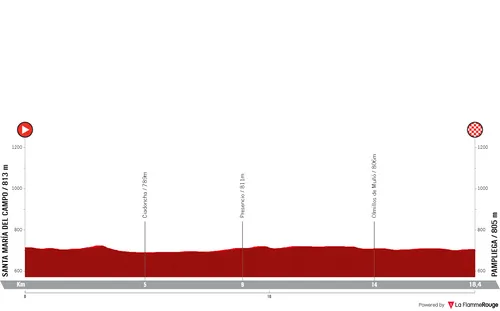
Stage 4 (ITT): Santa Maria del Campo - Pampliega, 18.4 kilometers
A novelty in the race, this year the riders tackle an 18-kilometer time-trial. In such a small race, this day could and should be vital for the overall classification and dare I say, even decide it. There is nothing complex about the route, it is a flat and non-technical course, but meaningful gaps can be created.
Read also
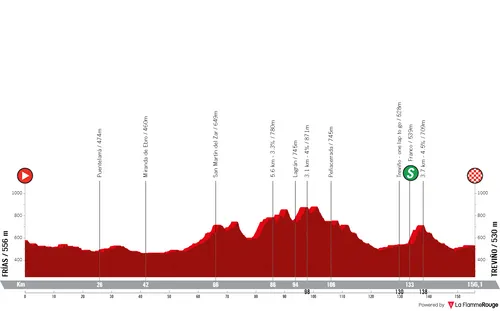
Stage 5: Frias - Treviño, 156 kilometers
The final day of racing takes the riders from Frias to Treviño and will be an open day. On paper, it could end in a bunch sprint after the 156 kilometers, but the profile also opens up the fight for the stage win to the breakaway or even late attacks because of it's many small climbs.
Read also
claps 0visitors 0
Just in
Popular news
Latest comments
- Dear Editor: It is no humiliation to make the final, even with two riders, and not get it perfect against another talented rider. Disappointment, sure.itsent18-12-2025
- I luv this guy ,so honest puts the hand up ..."my fault.".. I would be stoked to see him win his big monuments ... i think he would be a great team mate and friend.Davide18-12-2025
- In his years in the peloton, Evenepoel has had several major crashes that could have ended another person's career. In that, he is sadly similar to Roglic, whose crashes have had a huge impact on his still impressive palmares. I'd say the first thing that needs to happen is that everyone make it to the Tour safely. At that point? I don't think they stand a chance against the UAE engine, and the man who is only now (seriously?!) coming into what used to be the age of maturity, refinement, and full bodily development.RidesHills18-12-2025
- It must be hard for him to let go...somewhere in his mind he sees himself competitive. The reality of his entire time at IPT tells a different story altogether.Crashjames18-12-2025
- Not only that, but aside from JV, no one has remotely come close to Tadej level, and I seriously doubt Remco or Lipowitz will be there next year in the finales. That said, a lot can happen on the road in the next year, and I hope it's an epic battle among all of the top 10 finishers. It's a little anticlimactic to watch Tadej ride everyone off his wheel, even if it is super impressive to watch.Crashjames18-12-2025
- He couldn't finish in the top 100 at Unbound Gravel. He might be able to hold the wheel in a cat 3 crit but even that's debatable. Not being facetious.paule18-12-2025
- It isn't just the 5 million euros a year. It's also the never-ending hospital bills. Two weeks to go for Sylvan Adams to get out from under this mess.paule18-12-2025
- LOL, Del Toro, while very strong, is not currently racing at a level higher than Remco or Lipowitz. He can be by 2027 though and probably will be. You are discounting Remco's season this year, which his underperformance was caused by a crash that would have retired most people. He will be very strong this coming year as long as he keeps the rubber side down.awp18-12-2025
- It would be nice to see him have a healthy season and do well.JoeyB18-12-2025
- Aka the ‘junk drawers’Onepiece18-12-2025
Loading
¿Sabías qué @pedrodelgadoweb ganó la vuelta a Burgos en 1991❓ 👉 El de Segovia venció también en dos ocasiones el Tour y en una la Vuelta a España pero nunca ganó la gran vuelta 🗓️ Del 5 al 9 de agosto #VueltaBurgos 😉Toda una provincia por descubrir italiana
Write a comment
